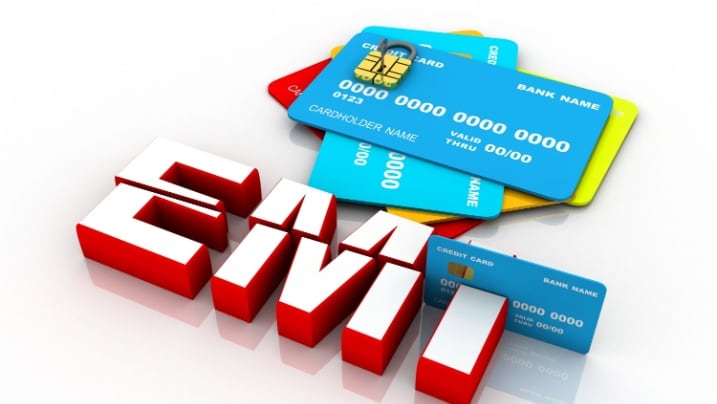Rangaraju Praveen Kumar
The increasing use of credit cards and Equated Monthly Instalment (EMI) schemes across India reflects a growing reliance on credit for both everyday purchases and long-term investments.
According to data from the Reserve Bank of India (RBI), credit card usage crossed Rs. 2 lakh crore in monthly transactions in 2024, up from Rs. 1.2 lakh crore in early 2022. Fintech platforms and e-commerce giants have played a key role in popularising no-cost EMIs, zero-down-payment options, and instant credit approvals.
Lenders often market these products as “budget-friendly” alternatives that remove the need for upfront payments. However, consumer rights groups and financial planners caution that the structure of EMI deals is not always transparent.
“No-cost EMI” offers frequently mask the interest within inflated product pricing or are subject to processing fees that are not clearly disclosed. Missed or delayed payments can trigger steep penalties, affecting the borrower’s credit score.
Among working professionals and students, especially in Tier-I and Tier-II cities, EMIs have become a preferred method to manage large purchases or fund professional courses. Young adults, especially first-time earners and students, are increasingly using credit without a long-term repayment strategy.
According to a 2023 report by credit bureau CIBIL, nearly 34% of new credit card holders were under the age of 30. “Many young professionals sign up for multiple EMIs without assessing the total outflow from their monthly income,” says a Hyderabad-based chartered accountant who advises salaried clients. “Once more than 40% of income goes into fixed obligations, it severely limits flexibility for emergencies or savings.”
“Credit cards are very useful for emergency purchases when cash isn’t available. EMI options can also be availed with low interest rates and no cost EMI in certain cases,” says Ravi Valapadasu, a software employee with Accenture.
“Though there are no cost EMI provisions, there can be hidden charges and accumulated interest would be very high on long term loans by the time the loan EMIs are completed,” says Tarak, another I.T employee.
RBI has also flagged the growing unsecured personal loan segment as a concern. In its latest Financial Stability Report, the central bank noted an increase in delinquencies among small-ticket loans.
To reduce risk, financial advisors recommend limiting EMI obligations to below one-third of net monthly income and prioritising emergency savings before opting for long-term credit. Borrowers are also advised to read the terms of EMI plans carefully, including pre-closure charges, interest rates, and hidden fees.
Used wisely, they support upward mobility. Without planning, they can lead to prolonged debt and financial stress.
